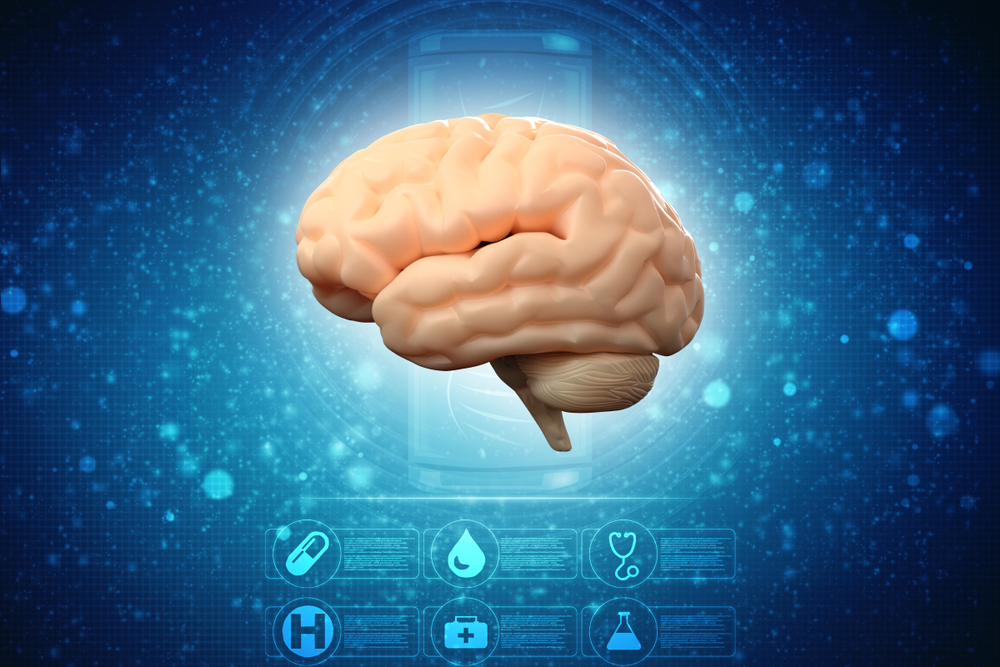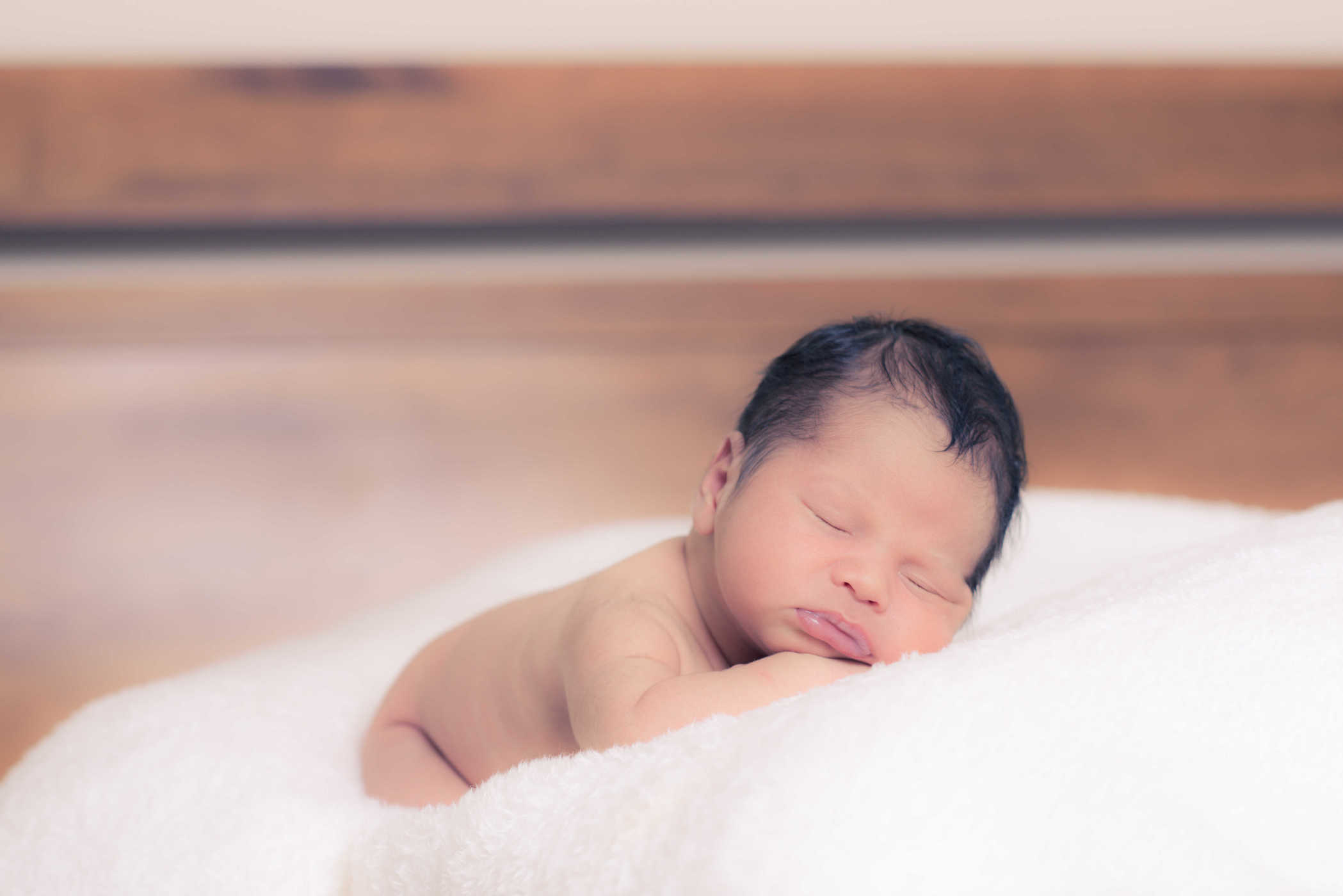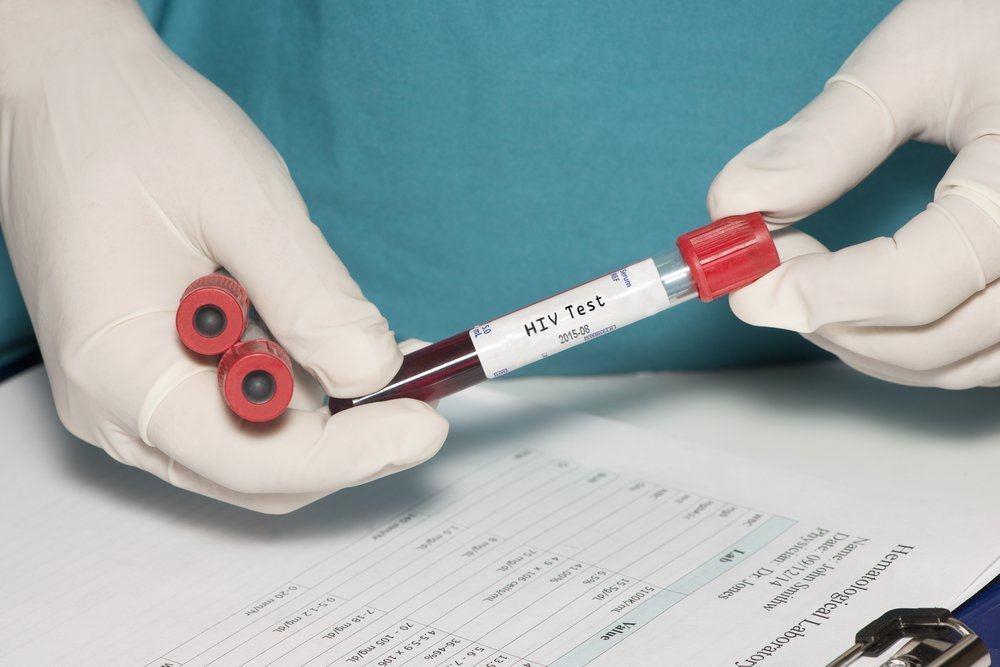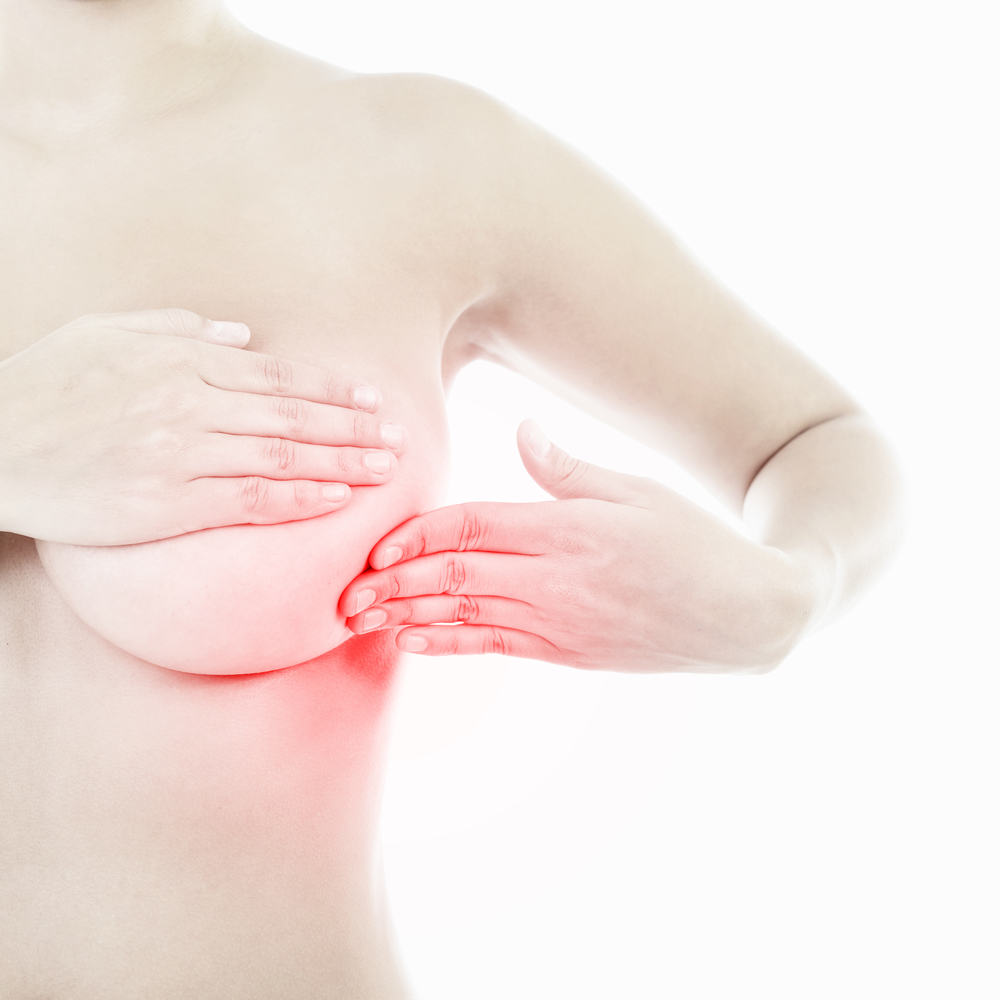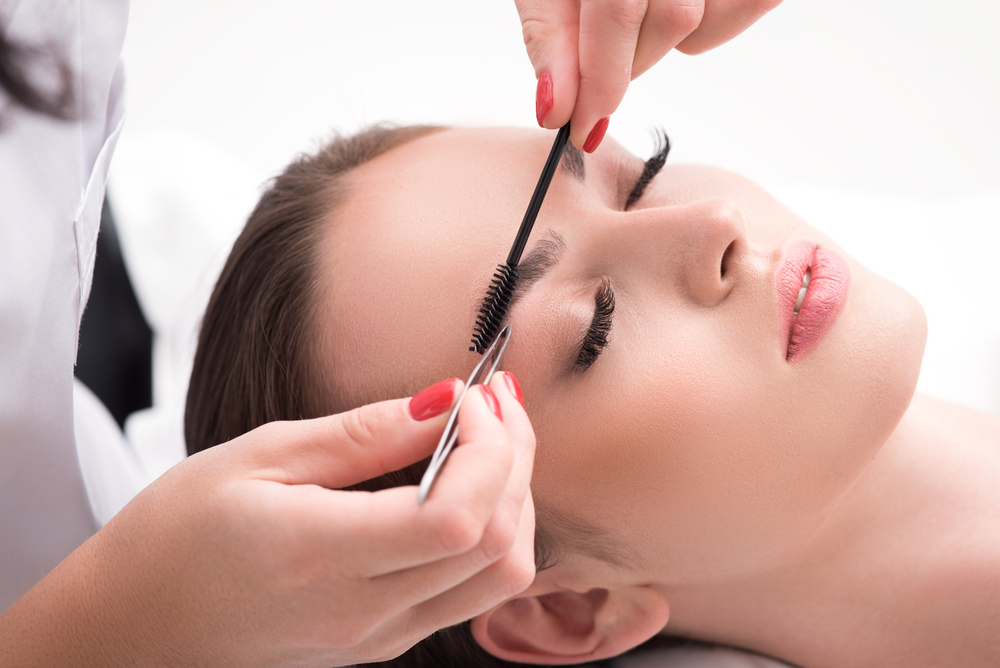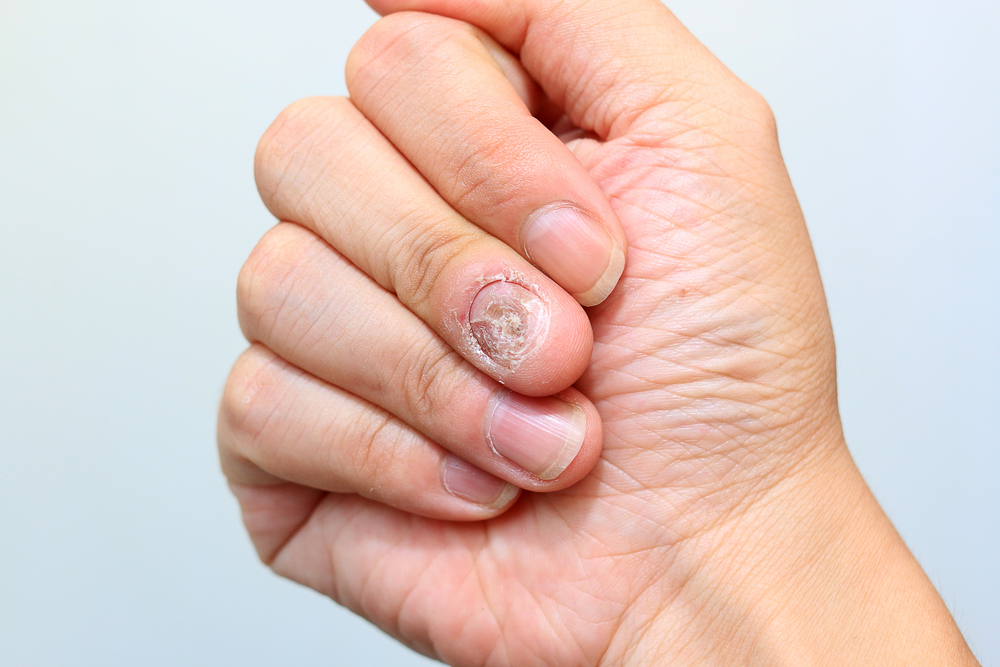Contents:
- Medical Video: How baby brains develop
- The brain starts to form from the womb
- Human brain development from infants to the elderly
- When a baby is born
- Childhood
- Entering adolescence
- Grown up
- It's old
Medical Video: How baby brains develop
The brain is the engine of all functions and activities of the human body. If you want to move or do something, it is the brain that rules and regulates it. Intelligence, creativity, emotion, and memory are also many things that are regulated by the brain. Well, do you know the stages of human brain development from infancy to the elderly? Come on, find out the answer in the following review.
The brain starts to form from the womb
The human brain begins to develop from the fourth week after fertilization, when the nerve tube finally closes. The neural tube is the most neural network formed since fertilization, looking like an earthworm that stretches along the back of the embryo.
When you are three weeks pregnant, the developing embryo has formed a nerve groove, which is the foundation for the structure of the brain. The human brain then continues to grow with gestation, marked by the emergence of nerve cells (neurons) that form new structures and functions in the brain. Each neuron will connect with other neurons to form the nervous system with the help of fibers called dendrites and axons.
Here are details of the development of the human brain from a baby as soon as he is born to his old age.
Human brain development from infants to the elderly
When a baby is born
Reporting fromReader’s Digest,a neurologist named David Perlmutter, MD., said that the average growth of brain cells while still in the womb is about 250,000 new brain cells per minute.
When bayi is born, there are around 100 billion neurons that are formed so that the size of a baby's brain has reached 60% of the size of an adult brain. At birth, myelin or fatty substances that protect axons in the brain and help move impulses faster have been produced by the brain near the spinal cord. The brain is responsible for regulating basic functions, such as breathing, eating, and controlling the heartbeat.
Childhood
Entering the age of three years, the size of the human brain enlarges to 80% of the size of the whole brain as adults. At this age, the brain actually has more than 200 percent of the synapse. Synapse is the relationship between axons and sarag cells that allows information to flow between them.
Along with the growth of the child, the brain begins to break down the synapse which is considered insignificant so the brain becomes more focused only on important connections.
At the age of five, brain development becomes sharper. Every experience felt by children will form a synapse. That's why children's brain development will be adapted to the child's environment. When children experience negative experiences, the brain will form trauma and negative memories thanks to the synapse that is formed. But on the other hand, efforts to restore conditions are also more effective than those of older ages.
Entering adolescence
The size and brain weight of adolescents is not very different from adults, but not fully developed. At this age, the myelin produced when babies are born has a more complex series. The final series of myelin is in the frontal lobe, precisely at behind the forehead. Myelin functions to make decisions, control impulses, and empathy.
However, this function has not been as solid as an adult. Therefore, many teenagers often experience irritability or unstable emotions. Parents need to play a role in guiding their teenagers in making decisions so that they avoid bad choices.
Grown up
When entering the age of 20 years, brain development in the frontal lobe is finally completed, especially in the assessment ability. That's why age 25 is the best age to make decisions.
However, brain development will begin to decline slowly in this age range. The body will naturally form and eliminate nerve cells and brain cells. Moreover, even though brain cells and synapses are still formed, the process takes a slower time. When entering the age of 30, solving synapses becomes more difficult so that many adults have difficulty focusing on learning something new.
Some mental illnesses that weaken the development of frontal lobe function of the brain, such as schizophernia, depression, to the most vulnerable anxiety disorders occur in young adulthood. About 60 to 80% of people aged 18 to 25 have one or more of these conditions.
Starting sports habits and healthy eating patterns to maintain brain health until dusk will ideally begin now.
It's old
At the age of 50 years, memory begins to become shorter or you become easier to forget something. This is because pnatural aging changes the size and function of the brain. Reduced brain capacity is entirely caused by the death of brain cells and synapses. The brain becomes shrinking and the risk of various diseases related to the brain will continue to increase.
About 5% of adults experience early symptoms of Alzheimer's in their 50s. Therefore, you need to know the changes that occur to you; does it occur due to natural aging or Alzheimer's symptoms. One in ten elderly aged 65 years and over is known to have Alzheimer's. This risk also increases every 5 years. When the age reaches 85 years, the risk of Alzheimer's becomes 50% greater.
Therefore, the elderly are required to keep exercising regularly to improve their brain abilities, for example with aerobic exercise, andeating healthy foods for the brain and avoiding stress as the best defense against brain aging.

